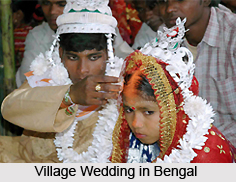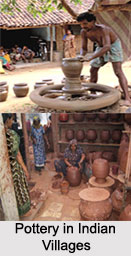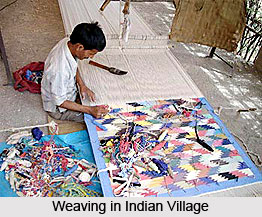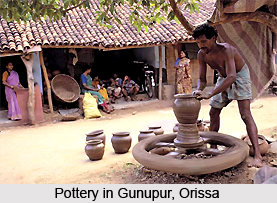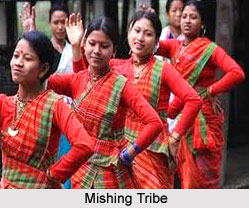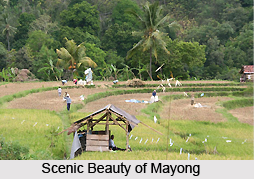 Tourism in Mayong, situated in Assam, encompasses a variety of experiences. Since ancient times, the village has earned the repute of being the land of black magic and occult practices. Black magic is an age old tradition of Mayong and till date many villagers practice them. Apart from exploring this interesting aspect of Mayong, tourists can also cherish the scenic charms of the village. Archaeological excavations have also been carried out at Mayong which gives an opportunity to trace the captivating history and ancient traditions of this land of magic and sorcery.
Tourism in Mayong, situated in Assam, encompasses a variety of experiences. Since ancient times, the village has earned the repute of being the land of black magic and occult practices. Black magic is an age old tradition of Mayong and till date many villagers practice them. Apart from exploring this interesting aspect of Mayong, tourists can also cherish the scenic charms of the village. Archaeological excavations have also been carried out at Mayong which gives an opportunity to trace the captivating history and ancient traditions of this land of magic and sorcery.
Nature Tourism in Mayong
Mayong is a great place for nature tourism owing to the presence of Pobitora Wildlife Sanctuary nearby which forms a major attraction of the village. The sanctuary is famed for sheltering the highest density of one horned Rhinoceros across the globe. In addition to Rhinoceros, it also serves as home to other faunal species such as Wild Buffaloes, Wild Boar and others. The vibrant natural beauty of Pobitora wildlife sanctuary can be greatly enjoyed in Elephant Safari and Jeep Safari. Mayong is also surrounded by charming hills and hillocks. River Brahmaputra meanders beautifully towards the western part of the village adding to the picturesque beauty of the place. Spending time along the river bank is very refreshing.
Pilgrimage Tourism in Mayong
Mayong also delights the devotees who arrive in this village for pilgrimage tourism. A number of ancient shrines and temples stand in and around the village. Mayong is also known as the land of Pancha Devata which refers to the five deities of Hindu mythology, Lord Vishnu, Lord Ganesha, Lord Dinesh, Lord Shiva and Goddess Parvati. Some of the prominent temples located in Mayong are Shiva Shrine of Kachashila, Ganesh Temple of Hatimuria, Narashinha Ashram of Hiloikhunda, Kechaikhaiti Shrine of Burha Mayong etc.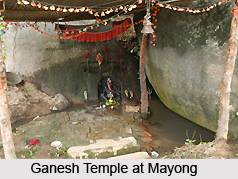
Leisure Tourism in Mayong
Mayong is the site of several archaeological ruins and monuments and tourists interested in exploring the bygone eras of the village. A hilly village situated nearby, called Burha Mayong, shelters a huge stone inscription which dates back to several hundred years. The inscription has a length of 3.85 metres and is credited to be the longest stone inscription of Asia. A majestic stone image of Shiva-Parvati along with that of Lord Ganesha belonging to 12th century can also be located there. Other archaeological findings of Mayong include two stone images of Shiva-Parvati (of about 9th century) at Shiva Shrine of Kachashila Hill, one king sized stone image of Lord Ganesha (10th Century) at Ganesha Temple of Hatimuris village, one stone image of Shiv-Parvati and one of Lord Ganesha (of about 10th century) at Chanaka village and many others. Many other artefacts have also been furnished here such as terracotta images, varied earthen vessels, Shiva Lingams, Yonipeeths, whet-stones, lotus circles, stone-bullets, stone-exes etc. Many of these artefacts have been preserved at Mayong village Museum and Research Centre. Apart from these, exploring the enchanting practices of black magic is also very alluring at Mayong.
